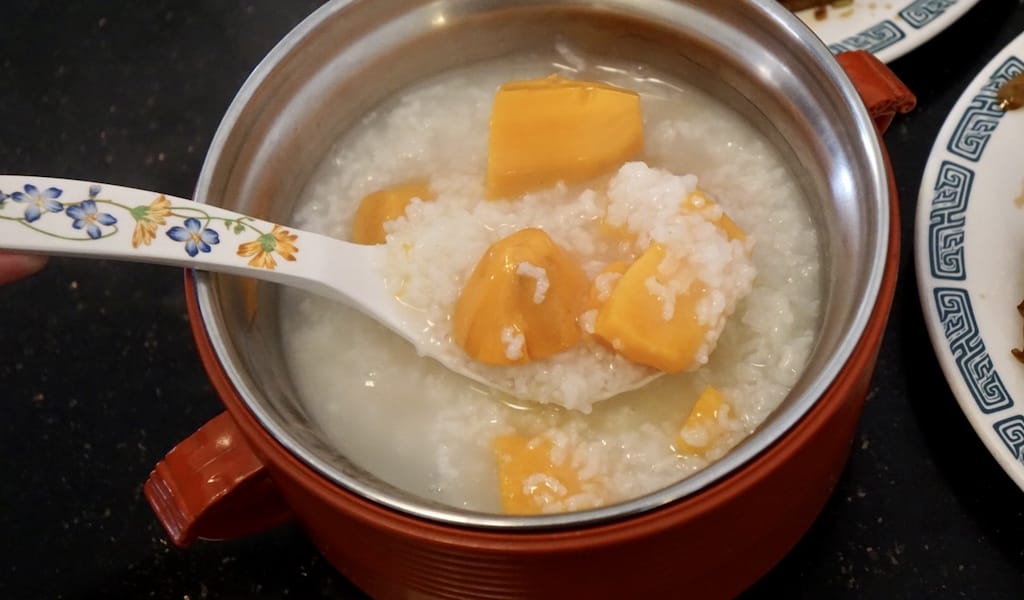Editor’s note: This is the second installment of “Spring (Food) Break 2013,” our weeklong celebration of spring’s culinary bounty. This guest post is by Lesley Téllez, a freelance writer and the author of the blog The Mija Chronicles, who recently moved to New York after four years in Mexico City.
The first time it happened to me, I didn’t blame the mango.
Little bumps had sprung up around my lips just a few days after I accepted a luscious, juicy piece of mango from a Mexican market vendor. The bumps itched, and when I scratched them, they swelled. I thought the problem was my lip gloss. But the doctor said no – it was an allergic reaction, most likely to food. One more teeny bite of mango confirmed the diagnosis.
How could I be allergic to mangoes? I was living in Mexico City, which every spring transformed into mango paradise. Fat orbs in orange, butter and crimson tones appeared in the markets, and vendors would dangle wedges off the tips of their knives, luring me in for a taste. “Güerita! Quiere mango? Sin compromiso, eh?” (“Light-skinned girl! Do you want mango? No strings attached, eh?”) I had always said yes and greedily stuffed the entire thing in my mouth, not caring that the juice made my lips and hands sticky.
On the streets, young men with wheelbarrows popped up on corners and in tree-lined medians, selling mango slices doused in vinegary hot sauce. But it was at the outdoor markets called tianguis where the variety of mangoes always amazed me the most: the Ataulfo (named after a Chiapaneco landowner), the Manila mango, the Tommy Atkins, the Kent.  You could wander through and buy one of each, then subtly compare and contrast their differences. I learned that a very ripe Ataulfo was too musky for me, for instance, but the fibrous, tangy Kent was just right.
You could wander through and buy one of each, then subtly compare and contrast their differences. I learned that a very ripe Ataulfo was too musky for me, for instance, but the fibrous, tangy Kent was just right.
By the end of the season, in the early fall, mangoes were so cheap that I would almost give in when the market vendors wheedled, “Just buy two kilos; it’s my only sale of the day and then I can go home.” Now, being allergic, I had to bypass those vendors entirely. Even the Larousse Diccionario Enciclopédico de Gastronomía Mexicana reinforced the mango’s powers: “In Mexican culture, [mangoes] relate to all that is sweet, flavorful, beautiful and seductive.”
These days, when vendors ask, “Quiere mango, güerita?” I look at them sadly and tell them I’m allergic. They look at me sadly, too. I can look at but not touch all that is fresh and fecund about spring in Mexico City.
Published on March 26, 2013
Related stories
January 5, 2015
Mexico CityEditor’s note: Mexico and Spain unsurprisingly have a number of customs in common, especially during the winter holidays. This is the first installment of a two-part special on a sweet tradition that’s shared by the two countries, and the second will appear tomorrow. In Mexico, Epiphany (or Día de Reyes, in commemoration of the Three…
December 31, 2018
BarcelonaLocated between the Atlantic Ocean and the Bay of Biscay, in the northwest corner of the Iberian Peninsula, Galicia is a large, wild cape that almost looks like a gigantic hand stretching out into the sea, hemmed in by the beautiful estuaries of the Rías Baixas to the south and the Rías Altas to the…
August 7, 2023
Los AngelesAt lunchtime, a line starts to form in front of Lu’s Garden in San Gabriel. Right in front of the entrance is a narrow walkway and a long counter with a line of buffet trays filled with braised pork, lap cheong (a type of dried, sweetened Chinese sausage) and more. Stacked behind them are bowls…

















































































